 |
| May 19, 2020 |
Dear Reader,
Here are highlights from today's top stories: Physicists tested Einstein's general theory of relativity using gravitational waves to approximate pi. Next up, a unique math-based approach has identified potential drug and vaccine targets in the coronavirus that causes COVID-19. And lastly, the pandemic may lead to long-term consequences for older people: specifically, a rising wave of dementia. Also, we're providing free digital access to the June issue of Scientific American, which features a special report exploring how the pandemic started, where it's headed, and how scientists are fighting back. |
| | Sunya Bhutta, Senior Editor, Audience Engagement
@sunyaaa | |
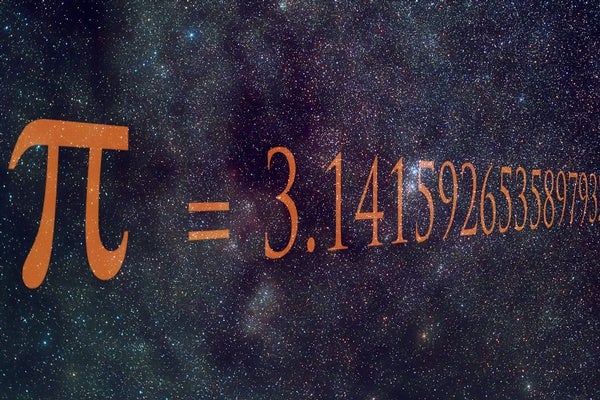 |
| |
| |
| |
| |
| Public Health How COVID-19 Deaths Are Counted Assigning a cause of death is never straightforward, but data on excess deaths suggest coronavirus death tolls are likely an underestimate | | By Stephanie Pappas,LiveScience | | | |
| Behavior & Society The Things We've Lost in the Pandemic Human lives, human touch and direct human interactions are gone—and so is the sense that we can trust our leaders to act quickly and effectively in the face of a catastrophe | | | | |
| |
| |
| Public Health Introducing the June 2020 Issue Special report: How the coronavirus pandemic started, where it's headed, and how scientists are fighting back | | | | |
FROM THE STORE
 | | | |
| |
FROM THE ARCHIVE
 | | | |
| QUOTE OF THE DAY
 "3.1415926535 8979323846 2643383279 5028841971 6939937510 5820974944 5923078164 0628620899 8628034825 3421170679" The first 100 digits of pi | |
LATEST ISSUES
 |
| |
| Questions? Comments?  | |
| Download the Scientific American App |
| |
| |



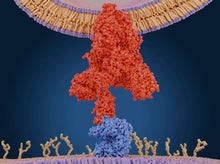






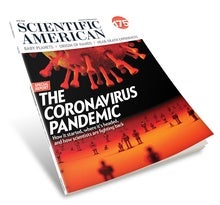
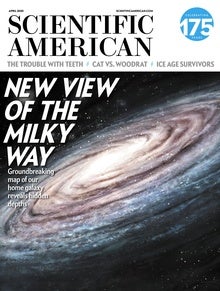

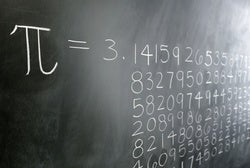
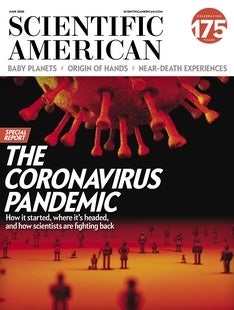

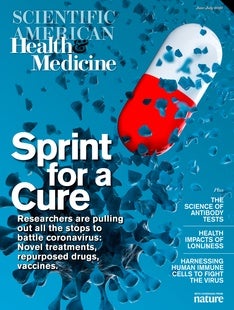
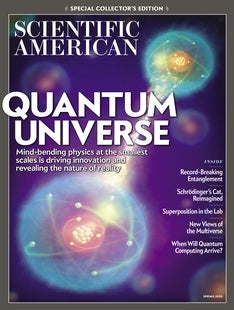




OsmarcoMbrah-to Adam Leon Download
ReplyDeletevieducheasign